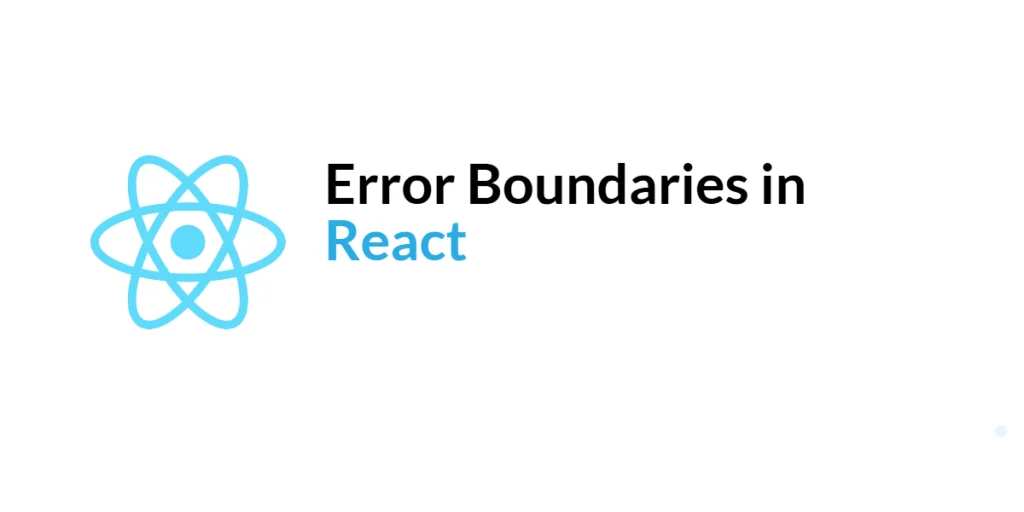Calculating the area of a trapezium is an essential concept in geometry and a practical exercise for learning C++ programming. In a trapezium, the area helps measure the space enclosed between the two parallel sides. Understanding how to compute this area is useful in engineering, architecture, and data visualization. For beginners, it’s a perfect opportunity to practice arithmetic operations, functions, user input, and vectors in C++.

with hands-on learning.
get the skills and confidence to land your next move.
Program 1: Area of a Trapezium Using User Input
This program takes the lengths of the two parallel sides and the height from the user, then calculates the area using the formula area = 0.5 × (base1 + base2) × height. It demonstrates basic input handling and arithmetic calculations.
#include <iostream>
using namespace std;
int main() {
double base1, base2, height, area;
cout << "Enter the first base of the trapezium: " << endl;
cin >> base1;
cout << "Enter the second base of the trapezium: " << endl;
cin >> base2;
cout << "Enter the height of the trapezium: " << endl;
cin >> height;
area = 0.5 * (base1 + base2) * height;
cout << "The area of the trapezium is: " << area << endl;
return 0;
}This program allows beginners to see how variables, user input, and arithmetic operations interact. It’s a straightforward way to understand the concept of area in trapeziums.
Program 2: Area Using Predefined Values
Sometimes, the trapezium’s dimensions are known in advance. This program calculates the area using predefined base and height values, providing a simpler approach without requiring user input.
#include <iostream>
using namespace std;
int main() {
double base1 = 8.0; // predefined base1
double base2 = 5.0; // predefined base2
double height = 4.0; // predefined height
double area = 0.5 * (base1 + base2) * height;
cout << "For base1 = " << base1 << ", base2 = " << base2
<< ", and height = " << height << ", the area is: " << area << endl;
return 0;
}Using predefined values helps beginners focus on the formula itself, making it easy to test and understand the computation without worrying about input errors.
Program 3: Area Using a Function
Functions make programs more modular and reusable. This program defines a function to calculate the trapezium’s area, separating the calculation logic from the main program flow.
#include <iostream>
using namespace std;
double calculateArea(double base1, double base2, double height) {
return 0.5 * (base1 + base2) * height;
}
int main() {
double base1, base2, height;
cout << "Enter the first base: " << endl;
cin >> base1;
cout << "Enter the second base: " << endl;
cin >> base2;
cout << "Enter the height: " << endl;
cin >> height;
double area = calculateArea(base1, base2, height);
cout << "The area of the trapezium is: " << area << endl;
return 0;
}Beginners can learn how functions help simplify programs and allow the same logic to be reused multiple times, improving readability and maintainability.
Program 4: Area of Multiple Trapeziums Using Vectors
Vectors are useful for storing multiple sets of values. This program calculates the area for multiple trapeziums stored in a vector of tuples, demonstrating how to handle collections of data efficiently.
#include <iostream>
#include <vector>
using namespace std;
double calculateArea(double base1, double base2, double height) {
return 0.5 * (base1 + base2) * height;
}
int main() {
vector<tuple<double, double, double>> trapeziums {
{3.0, 4.0, 2.0},
{5.0, 6.0, 3.0},
{7.0, 8.0, 2.5}
};
cout << "Calculating areas for multiple trapeziums:" << endl;
for(auto t : trapeziums) {
double area = calculateArea(get<0>(t), get<1>(t), get<2>(t));
cout << "Base1: " << get<0>(t) << ", Base2: " << get<1>(t)
<< ", Height: " << get<2>(t) << " -> Area: " << area << endl;
}
return 0;
}This program introduces beginners to vectors and tuples, demonstrating how to handle multiple sets of data dynamically while applying the same formula efficiently.
Frequently Asked Questions (FAQ)
Q1: Can I use integers instead of double for bases and height?
Yes, but double allows fractional values, giving more accurate results.
Q2: Why use a function to calculate area?
Functions make your code modular, reusable, and easier to read.
Q3: Can I calculate the area if I only know the sides, not the height?
Yes, you can use geometry formulas involving angles or diagonals, but it is more complex.
Q4: Are vectors necessary for multiple trapeziums?
Vectors provide flexibility for dynamic datasets, though arrays can also be used for fixed-size collections.
Conclusion
Calculating the area of a trapezium in C++ is a practical and beginner-friendly exercise. By using user input, predefined values, functions, and vectors, learners can understand basic arithmetic, modular programming, and data handling. Practicing these methods strengthens C++ skills and prepares beginners to handle more complex geometric calculations and real-world datasets.
Additional & References
To continue learning, beginners should experiment with functions, vectors, and collections for geometric computations. Exploring multiple approaches improves coding efficiency and problem-solving skills.
- GeeksforGeeks: Area and Perimeter of Trapezium in C++ – Step-by-step guide with examples.
- C++ Vectors – Official documentation for vector usage.
- Programiz C++ Tutorials – Beginner-friendly tutorials on loops, functions, and input/output.
- LearnCpp: Functions – Guide on creating and using functions efficiently.
- C++ Input/Output – Guide for handling user input and output.







